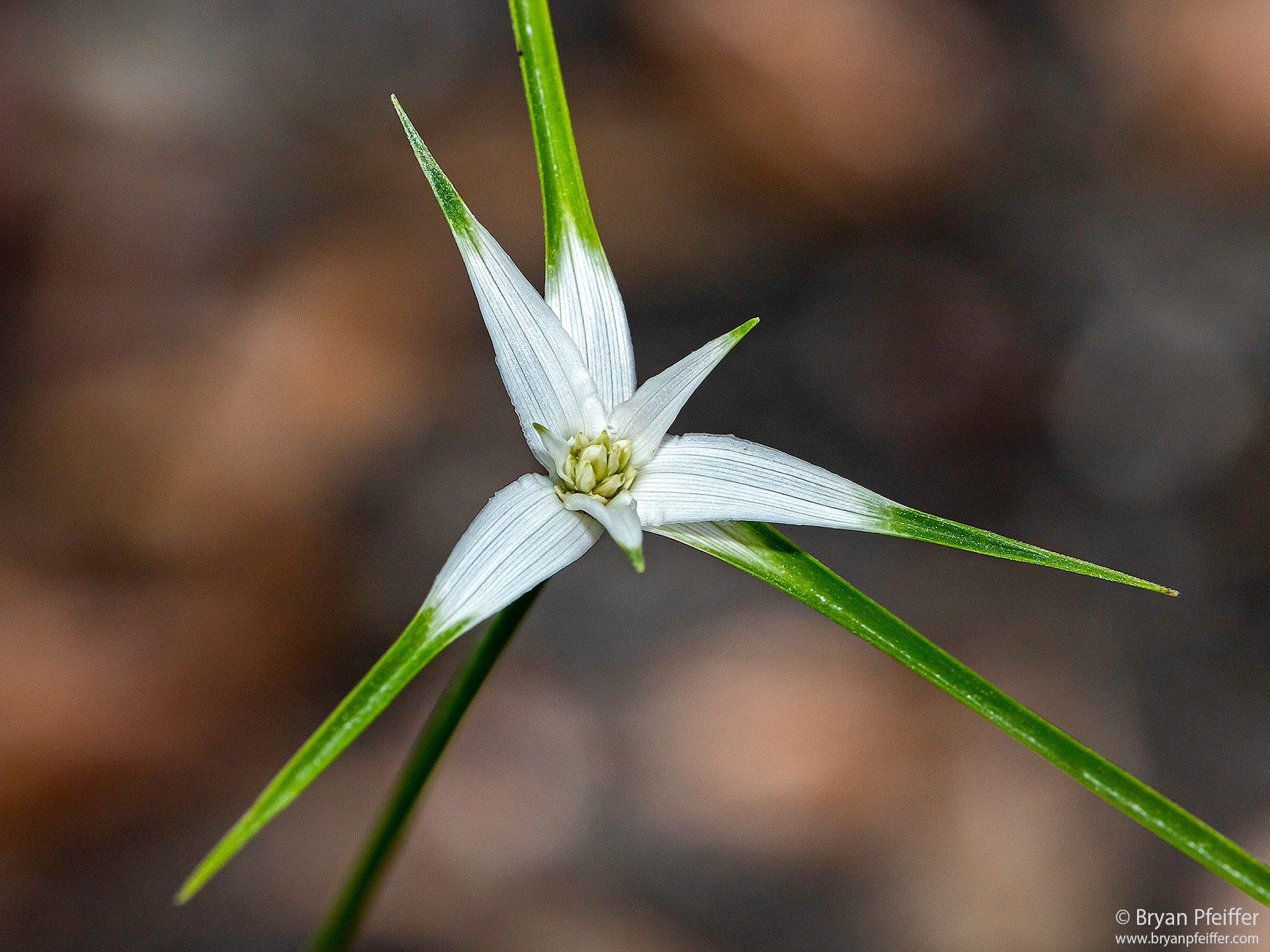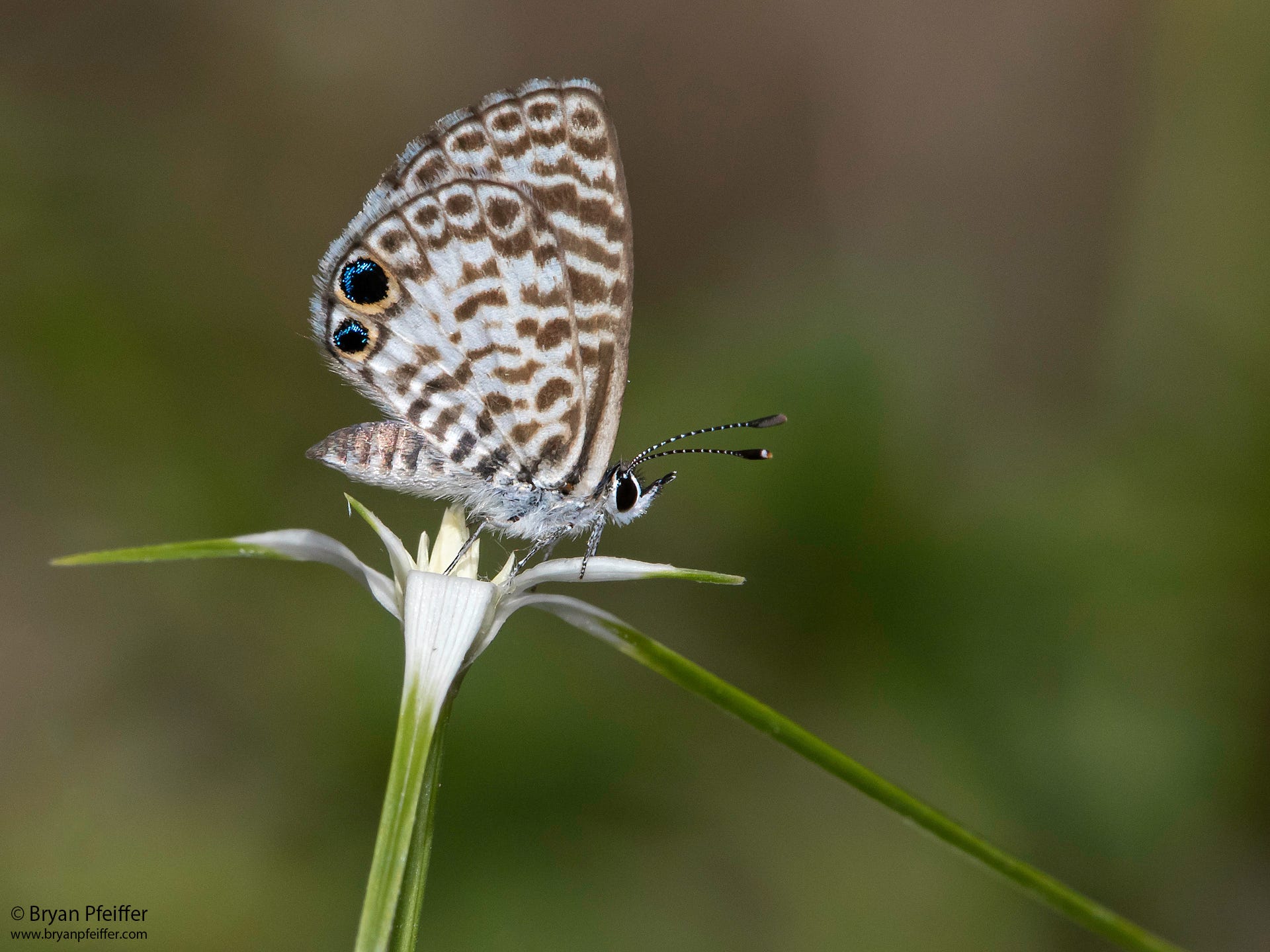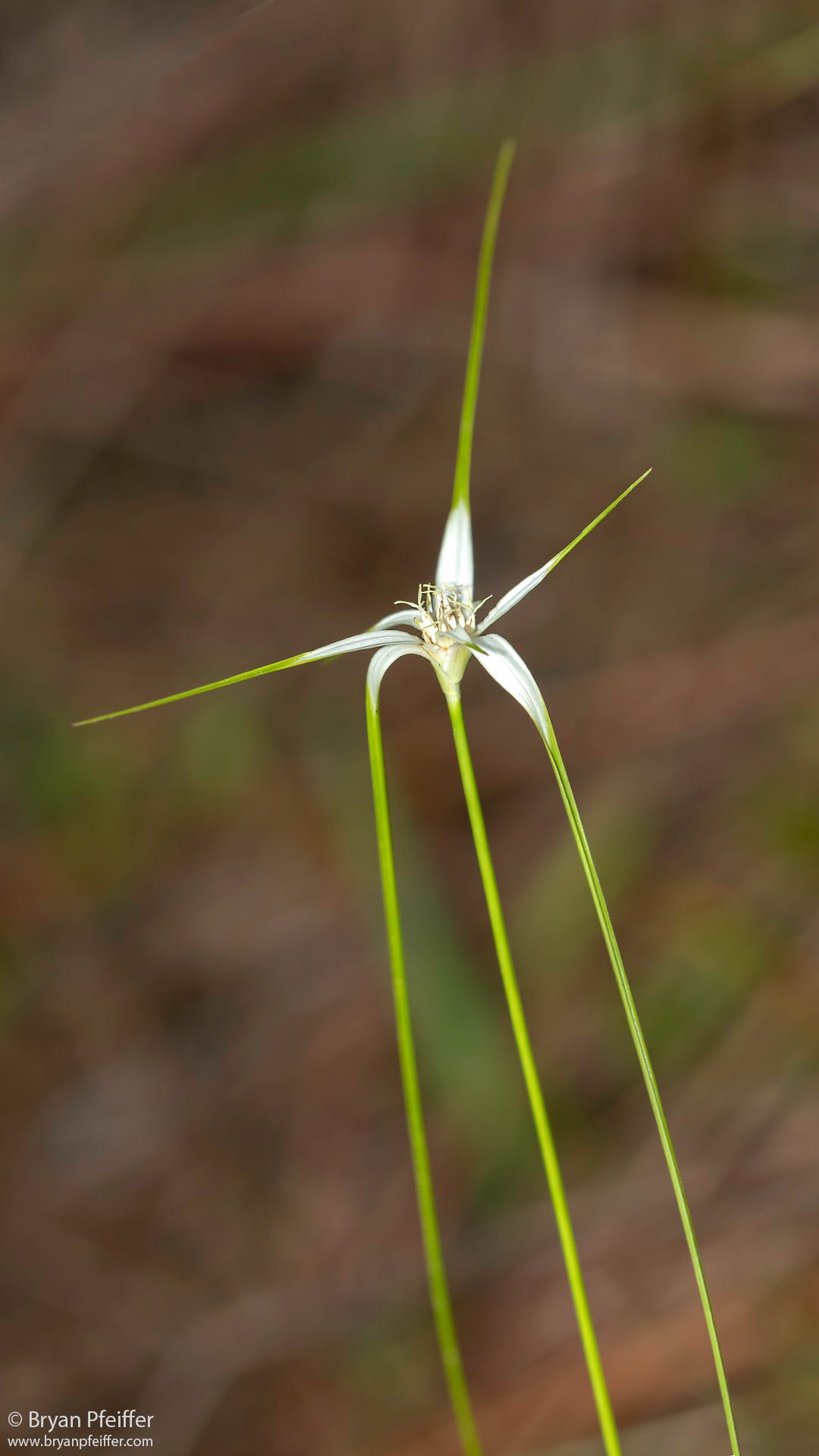Fakery and an Insect
An elegant sedge and a tiny butterfly meet for my favorite photograph of 2022.
WE CLOSE 2022 with fraud. Not a flower, at least not one you might expect, this is a sedge in the genus Rhynchospora (the “beaksedges"). And while sedges certainly have flowers, those aren’t petals.
During an insect expedition to Florida earlier this year, I fell big-time for this sedge, mostly its elegance, and wondered about the flowery ruse. Then a little butterfly came along and posed for what became my favorite image of 2022 (which you shall see in due time).
So why would a sedge appear to imitate a flower? Standard answer: to attract insect pollinators. And yet grasses and sedges and their ilk often use the winds for pollination. They expose their stamens to the breezes, which blow pollen to the pistils of other plants. (Botanists call wind pollination anemophily.) But don’t count out insects just yet.
Insects and plants go together like no other organisms. Plants are food for insects and insects are incomparable pollinators. Crafty and diverse, with about 400 species in world, the beaksedges play the winds and the insects. Some beaksedge species evolved with specialized leaves (called involucral bracts) that resemble flower petals to lure bees, wasps, beetles, flies and other pollinators toward the plant’s real flowers, which are clustered at the center and don’t have petals. (Botanists call insect pollination entomophily; in case you hadn’t noticed, botanists have their own big vocabulary.) Some beaksedges even emit bouquets to aid in the trickery.
Butterflies and moths probably aren’t bigtime players in this game. But near a cypress swamp in southern Florida on March 19, 2022, as I happened to be on my belly admiring a beaksedge, a butterfly about the size of your fingernail called Cassius Blue (Leptotes cassius) elected to visit. So became my favorite image of 2022.
A butterfly and a sedge. Fakery and a moment in time. A biologist on his belly. Not merely living things or events, not merely a photograph or data. Together they embodied what nature offers us: curiosity, exuberance, beauty and joy.
Happy New Year, everyone. Thanks for subscribing.
Reference, Postscript and a Bonus Image
“A Continuum of Conspicuousness, Floral Signals, and Pollination Systems in Rhynchospora (Cyperaceae): Evidence of Ambophily and Entomophily in a Mostly Anemophilous Family” by Ana Carolina Galindo da Costa, William Wayt Thomas, Artur Campos D. Maia, Daniela Maria do Amaral Ferraz Navarro, Paulo Milet-Pinheiro, Isabel Cristina Machado. Annals of the Missouri Botanical Garden, 106(1), 372-391, (2 November 2021).
To give you a sense of their diversity, including the varied and conspicuous floral characteristics, here are 121 species of the world’s beaksedges courtesy of the amazing iNaturalist.
I’m not entirely sure which species of Rhynchospora I’ve got — probably R. colorata (Whitetop Sedge). R. floridensis (Florida Whitetop) is, of course, also among the Florida fauna, and perhaps is this bonus image below from Everglades National Park on 17 March 2022.





Gorgeous!
Magnificent! You, Cassius Blue, and dances with beaksedges, too. A delightful read.